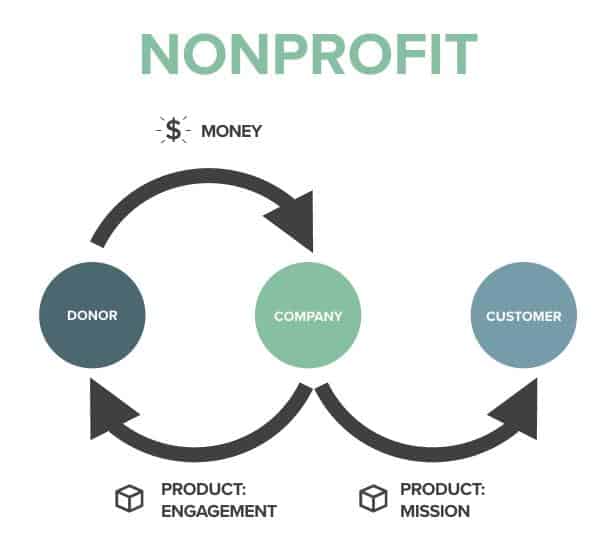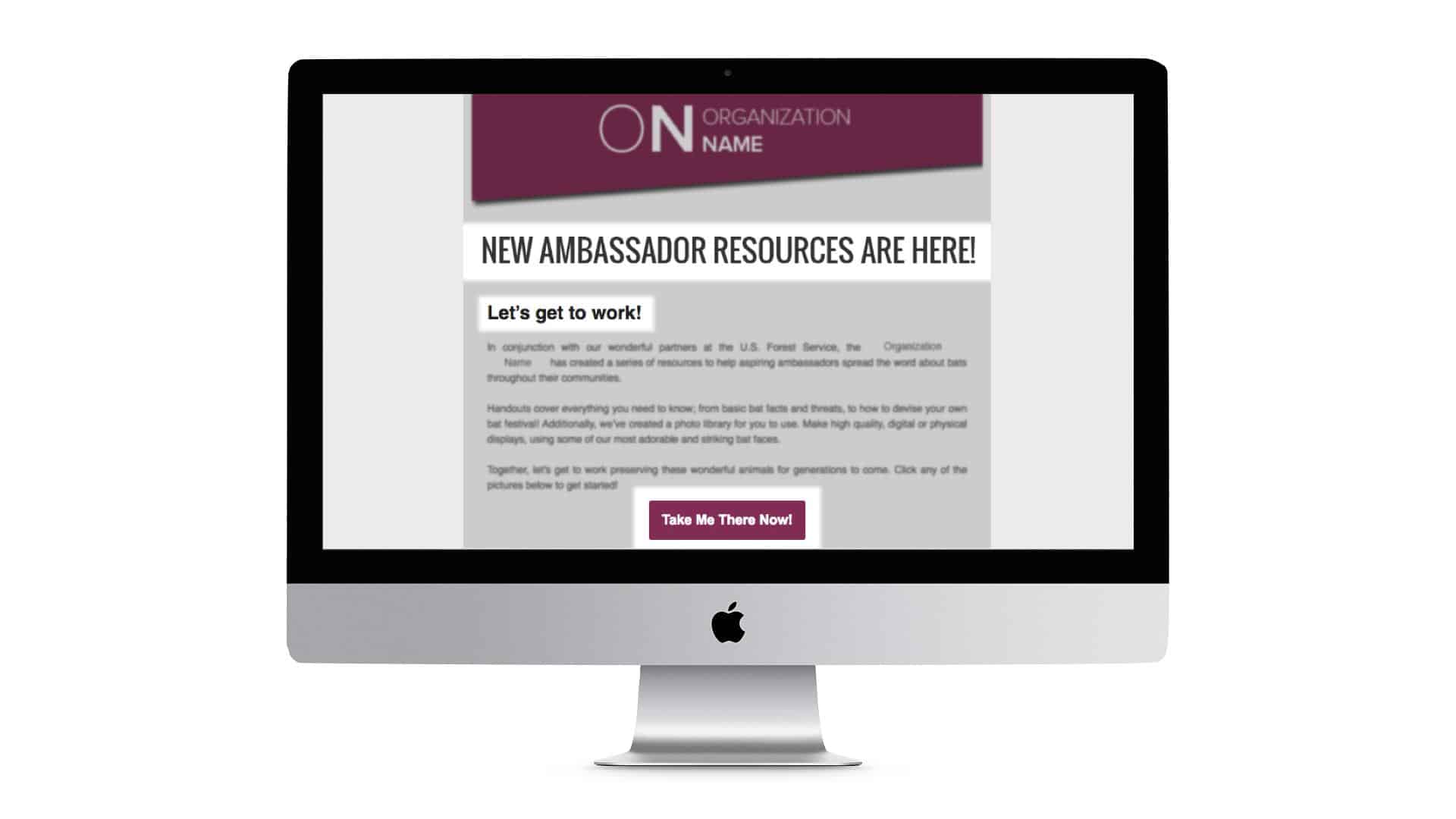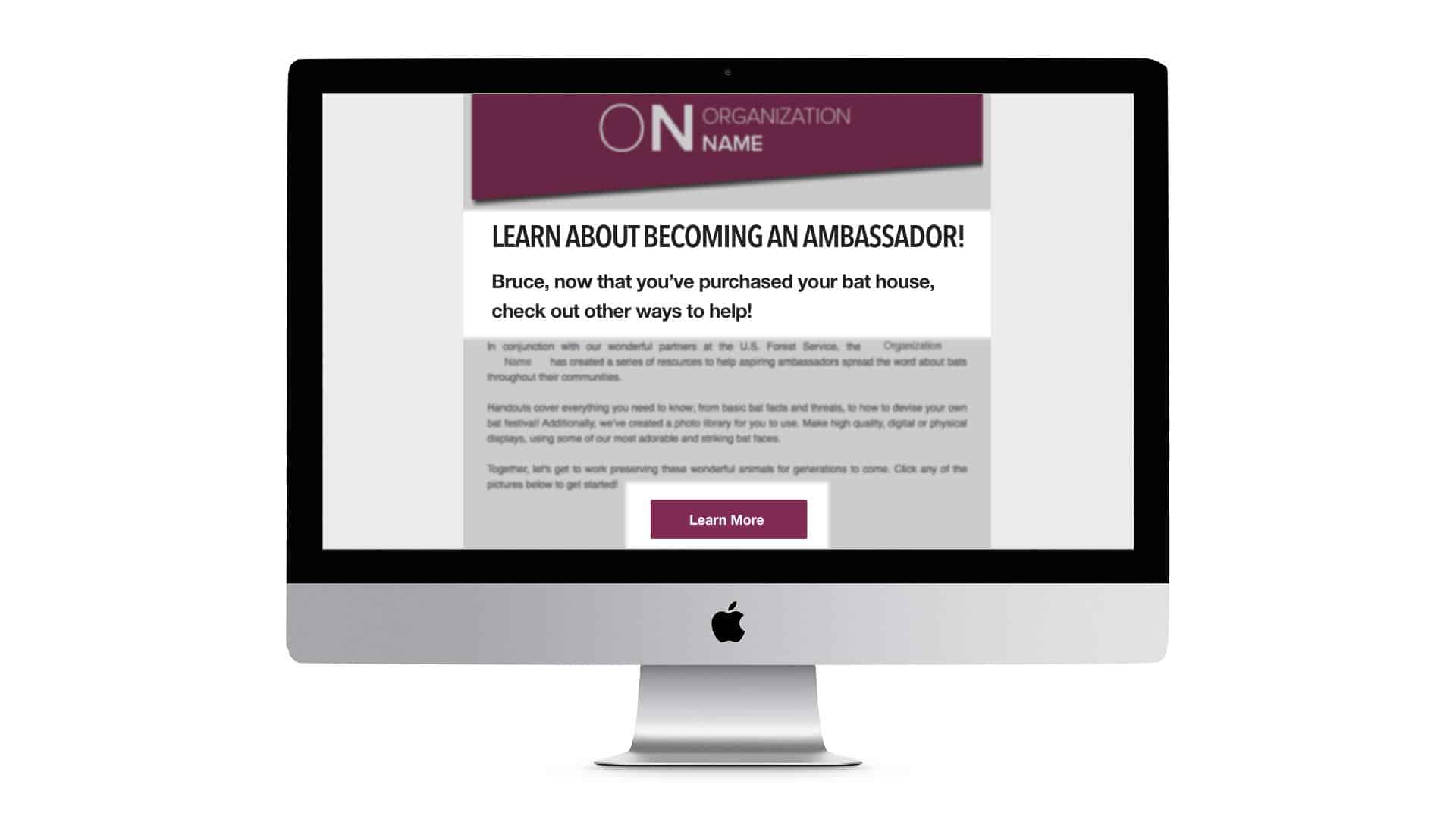Keep me Engaged! – A Secret to Donor Retention

In my last blog post, How You Should Think About Donor Engagement, I introduced the idea that the “Always Be Closing” concept needs to be replaced with “Always Be Engaging”. Today’s donors are sick of being treated like an ATM, and in a sea of competing organizations and priorities, we need to stay top of mind with our donors by keeping them engaged. Some donors reported to researchers at the Society for Nonprofits receiving hundreds of solicitations in a single year!
“But,” you might ask, “how do I keep my donors from feeling fatigued or becoming uninterested?”
Great question!
In response, let’s take a step back and look at customer engagement.
Customer engagement with perceived value
In the for-profit sector, customer engagement has been defined as the emotional connection between the customer and the brand.Gallup says that customer engagement techniques are the “types of emotional connections that drive long-term profits and loyalty.” The for-profit sector – specifically businesses centered on maintaining subscribers or attracting return customers – is constantly focused on what it takes to maintain a sense of perceived value by the customer, and the perceived value “depends on the product’s [or service’s] ability to satisfy his or her needs or requirements.”
That’s a lot of detail – let me break it down a bit. Here’s how that translates:
The company’s job is to maintain a sense that their product or service fulfills the requirements of the purchaser. A great example of this is a subscription-based business like Dollar Shave Club, who is building a customer experience aimed at keeping subscribers. This is extremely effective marketing. But don’t take our word for it – check out what others say here, and here, and in countless other articles when you search here.
So what does this mean for you – a nonprofit organization?
Well, aren’t we as organizations constantly trying to keep from losing return donors, volunteers, board members, and staff? Maintaining a sense of perceived value for these constituents will prove to maintain their interest in your mission. Below is a graph that may look very familiar to many of you, depicting the difference between a for-profit and nonprofit business as the separation between the donor and the end recipient of the product (who your mission is serving).

I believe this graphic depicts a very broken and outdated analogy.
Instead, we as organizations need to focus on both delivering value through our mission as well as delivering value back to our constituents. This “product” to the donor will come in the form of engagement.
You can see it a bit easier in the updated graph below.

Changing directions
“But how do we accomplish this?”
Another great question!
We keep donors engaged by building emotional connections. Feed into the motivations that got your constituent involved in the first place. Instead of selling products to our donors and volunteers, we are selling a sense of belonging to our mission. A sense of doing something good;a sense of progress; a sense of filling a need. It’s our job as nonprofit leaders to not only ask of our constituents but also give back to them through engagement.
We need to present the appropriate engagement opportunities to our constituents based on their interests and prior engagements.
Let’s look at an example from the real world. Below is an email I received from an anonymized organization after I had previously purchased something from their web store. To note: I had never interacted with the organization before purchasing the item from their web store, and had not interacted with them at all prior to receiving this email.

First off, let me say that I love that the organization is attempting to keep me engaged right off the bat, by inviting me to become an ambassador. However, there are a few things here that strike me as missed opportunities by not considering my “persona.”
- I have no reference to what being an Ambassador actually means. I may be interested in becoming an Ambassador, but now they have already labeled me as one without any context.
- They are asking me to “get to work” already after having only purchased a bat house. At this point, I don’t even know much about the organization – all I’ve done is made a purchase/donation.
- This email is not long, but because it’s so impersonal, I didn’t want to click on the call-to-action. It didn’t seem like it was of any relevance to me.
Now, let’s look at another way of presenting this email to me, a new donor.

- Since I am new, I don’t know what an Ambassador is, so the organization is introducing something brand new to me.
- This small personalization of adding my name and acknowledging my prior engagement gives me context, then appropriately introducing what could be next for me.
- Now that I have more context, this appropriate call to action, based on my prior experience is more inviting – “Learn More’ is very approachable.
These small changes can make a big difference, especially when thinking in this mentality across all of your constituent communications. Keep an eye out for my next post where we will take a deeper dive into personas and persona-based marketing.
Schedule a live demo with Bloomerang, and we’ll show you how easy it is to create and automate reports, utilize online and offline fundraising tools, quickly integrate and access all your data, and ultimately create more time to engage your donors.
